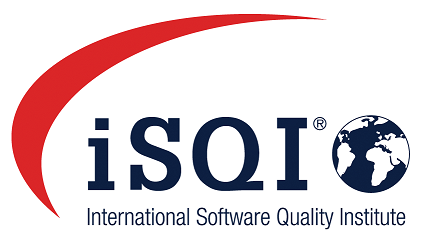
iSQI® Certified Agile Test Driven Development
Test Driven Development (TDD) is a software development process that relies on therepetition of a very short development cycle: first the developer writes an (initially failing) automated test case that defines a desired improvement or new function, then produces the minimum amount of code to pass that test, and finally refactors the new code to acceptable standards.
This is a course for developers who aspire to continuously improve their skills and become more effective. These ideal participants understand that life is a never ending journey of learning and should become more and more proud of their code as it improves and grows with them as an individual. Basically participants should want to bring more value to their users by delivering better products.
A basic understanding of Object Oriented Programming, for example understanding the concepts of inheritance and composition, is a good foundation for taking this course. Previous experience with test frameworks, automated tests or TDD is necessary.
Paper-based exam & Practical exam: Written part (25%) and Practical part (75%)
Minimum total score: 60%
At the end of the course, successful participants will be able to:
• Make assessments on the quality of the production code.
• Make assessments on the quality of the automated tests.
• Improve the quality of existing code without altering its behavior.
• Test-drive behaviors in the small.
• Produce high quality test batteries.
• Produce readable code.
• Recognize and avoid gold-plating.
• Assess when technical debt could be introduced as well as its consequences.
• Get ready to learn more advanced techniques effectively.